‘My God, it’s better’: Emma can write again thanks to a prototype watch, raising hope for Parkinson’s disease
The gift arrives in the nervous hands of its inventor. She aches for her creation to work. If it does, one life will change immediately, and maybe thousands of lives will change later. She’s wrapped the box in glitter paper. Because Emma Lawton adores all things sparkly.
The inventor, Haiyan Zhang, 39, hands over the box. Then she holds her breath.
Lawton, 33, smiles and tears open the wrapping paper. To her, the June day feels like a Christmas morning from childhood. Inside the box is a Windows 10 tablet in a pink, leopard-print case. “Oh, my God,” Lawton thinks, “it’s me.” That tablet is connected to a special wristwatch, which Zhang gently places around Lawton’s right wrist.
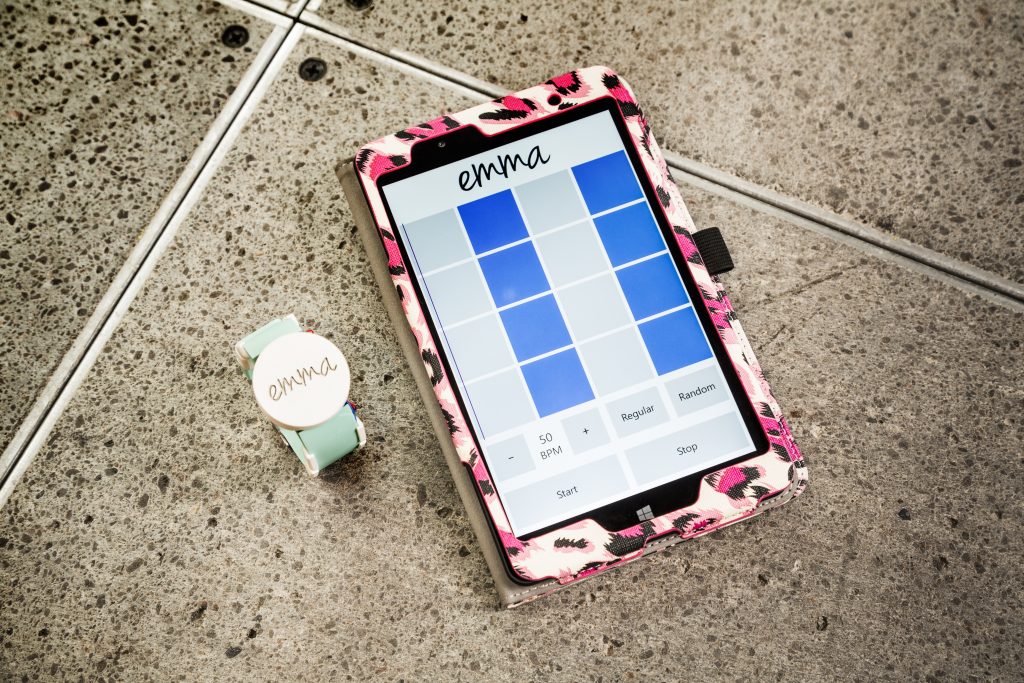
Engraved on the watch is a name – “emma” – in breezy lettering that, to Lawton’s eyes, looks eerily similar to her own handwriting. Impossible, however. She’s been unable to write legibly for years due to hand tremors caused by Parkinson’s disease. Lawton, a graphic designer, was diagnosed with the movement disorder in 2013, destroying her ability to do two things sacred to her: drawing letters and lines.
Those losses inspired Zhang, a Microsoft researcher, to spend months studying Parkinson’s disease while building and testing prototypes that could, she hoped, temporarily short-circuit the hand tremors, allowing Lawton to write her own name again. That’s why the two women now huddle closely in Lawton’s London flat, staring at the only watch of its kind.
“There was a lot hanging in that moment. Would it work?” Lawton recalls later. “I could see she was scared. I felt like I was going to cry. But you always have that little hope that somebody is going to make something that’s going to make your life a little easier.”
Zhang presses a button on the tablet, activating the watch. Lawton puts pen to paper.
♦♦♦♦♦
They met in London – two designers who quickly connected with the other’s life story.
Zhang was born in China. At age 9, she migrated with her parents to Australia where she was the only Asian child in her primary school, an oddity to classmates. As an outsider, the once vocal and confident girl lost her strong voice, and it took a l0ng time to find it again, she wrote in a blog. Eventually, in the world of technology, Zhang soared. She joined Microsoft in 2012, initially leading an innovation team in one of the Xbox gaming studios, excited by the tech potential for new forms of play.
“I was really excited to have someone so clever work on my challenge,” Lawton says. “She’s one of the smartest people I know.”
Lawton was born in Bedfordshire, a county in the east of England. She dreamed of acting but ultimately fell in love with design, pursuing that as a career. By her late 20s, Lawton’s right arm began to have “a mind of its own,” she wrote in her book, “Dropping the P Bomb.” Parkinson’s was the cause. Hand tremors, which Lawton describes as sometimes “going whole hog,” are a primary symptom of her progressive disease – one that affects more than 10 million in the world.
“Emma’s the real inspiration in terms of how she’s managing this condition and succeeding,” Zhang says. “It’s challenging enough being a woman in technology in the workplace. For her to take on this additional challenge, it’s amazing to me.”
As they got to know one another, the question became: Could Zhang’s tech skills help alleviate Lawton’s loss of writing function?
Certainly, that challenge meshed with Zhang’s passion: technology for good, the idea that society can advance through tech evolution. She’s equally drawn to the Maker movement, a global culture that blends DIY sensibilities with modern engineering, fueling altruistic folks to devise and share innovations that help the world.
Zhang infuses that spirit into her job, innovation director at Microsoft Research Cambridge in England. She’s involved in initiatives spanning the play and health spaces. For example, her team is developing a project called Fizzyo, a connected device for kids with Cystic Fibrosis that turns their daily physiotherapy exercises into a video game experience. She’s also working with colleagues to develop Project Torino, a set of physical blocks that helps children with visual impairments learn computer programming.
Lawton, in turn, saw tangible hope in a woman with a mind bright enough to unsnarl brain complexities and a will strong enough to make a fresh assault on a very old problem. Lawton was also open to trying anything, decrying a lack of new Parkinson’s treatments during her lifetime – as well as medications that can make her days harder by triggering more symptoms.
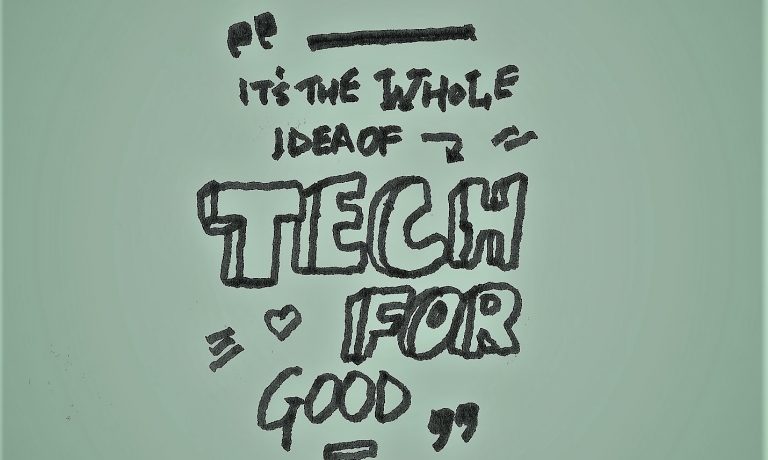
“Technology is sliding in lately and helping with the symptomatic relief and to make life easier,” Lawton says. “That’s where I’m interested. The whole idea of tech for good.
“But more than anything, I just wanted to be able to write my name properly.”
♦♦♦♦♦
The moment of truth begins with two surprised gasps.
“Oooh! Oooh!” Lawton chirps, feeling the watch start to vibrate through her right wrist. She uses her left hand to place a green marker in her right. Then she attempts to draw the first letter in her name. She doesn’t expect it to work.
It does. With the tremors reduced, Lawton pens a perfectly round “e.” The other three letters follow, equally tidy. She cries, something she does when she’s happy. Zhang puts her hand to her mouth and utters, “Oh my God.”
“So many things are rushing through my head, all banging around in there,” Lawton recalls later. “Like, is this a one-off? I’m excited and nervous, is it from that? I’m forgetting I have a tremor.
“I look at Haiyan and she’s shell-shocked too. But then I’m panicking: Will it happen again?”
It does. Lawton next draws a straight line. Then a small square. Then a larger rectangle. All are crisp and sharp. The two collaborators hug. Then Lawton phones her mother to report the news – and to tell her the device is officially called “the Emma Watch.” The moment was recorded for a BBC documentary show, “The Big Life Fix.”
“I was in disbelief,” Zhang recalls. “As someone who works in technology and thinks about new kinds of things, I don’t really see the impact of that on people’s lives or on an individual. For me, it was so powerful to see her life made better.”
“To be able to write your name is a basic human right,” Lawton says later. “To be able to do it and do it neatly is really special to me now. It’s empowering. It made me feel that I could do anything.”
♦♦♦♦♦
Nearly a year later, Lawton wears the Emma Watch at her jobs, using it for sketch projects. She works at Parkinson’s UK as a device, apps and gadgets strategist. She also works as a design strategy consultant for a company that educates the tourism industry about digital transformation.
“It’s still a surprise to me when my handwriting comes out the other side of it,” says Lawton, who is posting daily video blogs for one year about her “adventures with Parkinson’s.” “The device doesn’t stop my tremor. It gives me some control there. The writing, it’s not going to be perfect. But, my God, it’s better.”
That advance is fueling Zhang to take the tech further, perhaps improving quality of life for many more people living with Parkinson’s disease. She’s collaborating on a new initiative, Project Emma, exploring the use of sensors and artificial intelligence (AI) to detect and monitor the complex symptoms associated with the disorder – from body rigidity and gait slowness to falling and tremors.
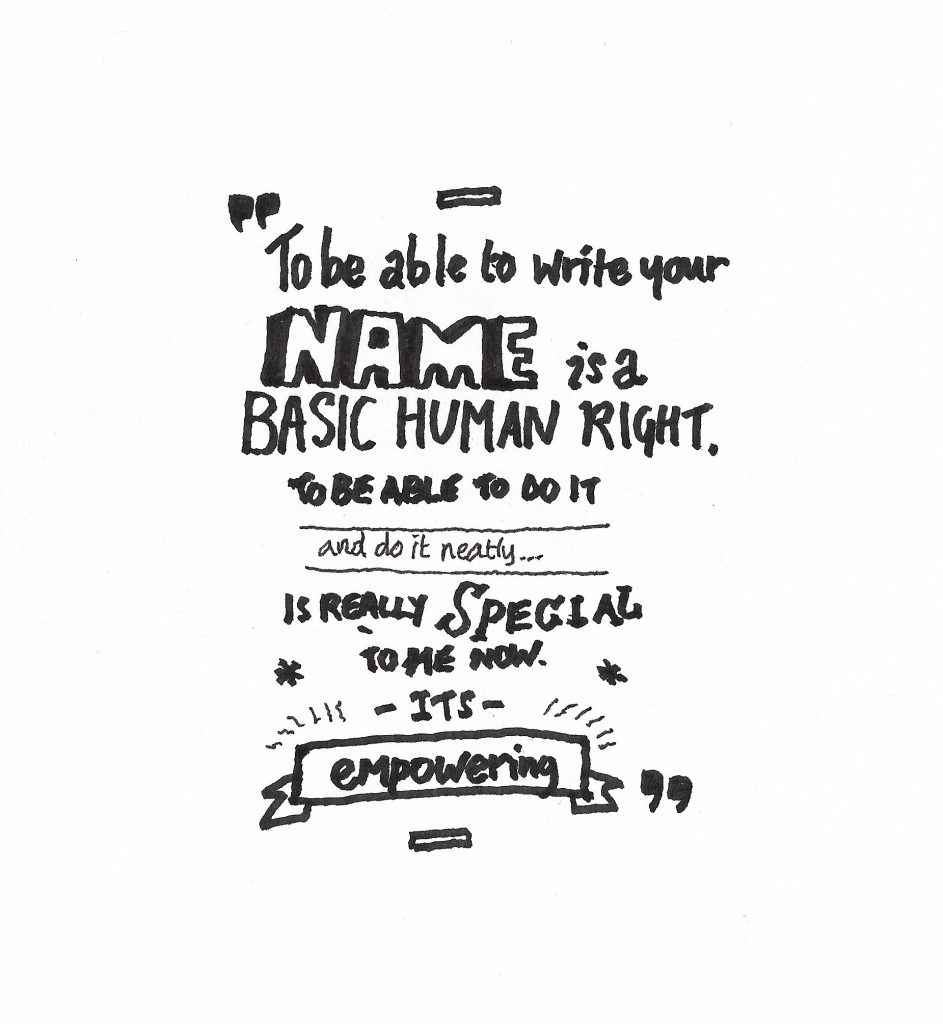
Zhang and her colleagues are proposing to develop new technologies for detecting and counteracting Parkinson’s symptoms, including the opportunity for machine learning technology and models to quantify Parkinson’s symptoms – and strategies for neutralizing those symptoms. The new technology, she envisions, would work on-device and in the cloud.
As for the Emma Watch, Zhang is still researching precisely why and how it helps its namesake. But she believes the device hacks the brain.
In people with Parkinson’s, the brain fires off extra signals to muscles, creating a chaotic, internal feedback loop that causes muscles to essentially panic and perform many movements at once. That creates tremors. The vibrations from the watch seem to cause Lawton’s brain to focus on her right wrist, apparently reducing the brain’s messages to that spot.
“It’s like injecting white noise into that feedback loop in order to disrupt it,” Zhang says.
The pattern of the vibration is also important. For Lawton, a rhythmic vibration is effective. (A specially designed app in Emma’s Windows 10 tablet controls vibration speed.) For other people, a more random rhythm may work better, Zhang says. However it works, she knows she’s onto something. Lawton does, too.
“It’s a huge opportunity to potentially change some lives,” Lawton says.
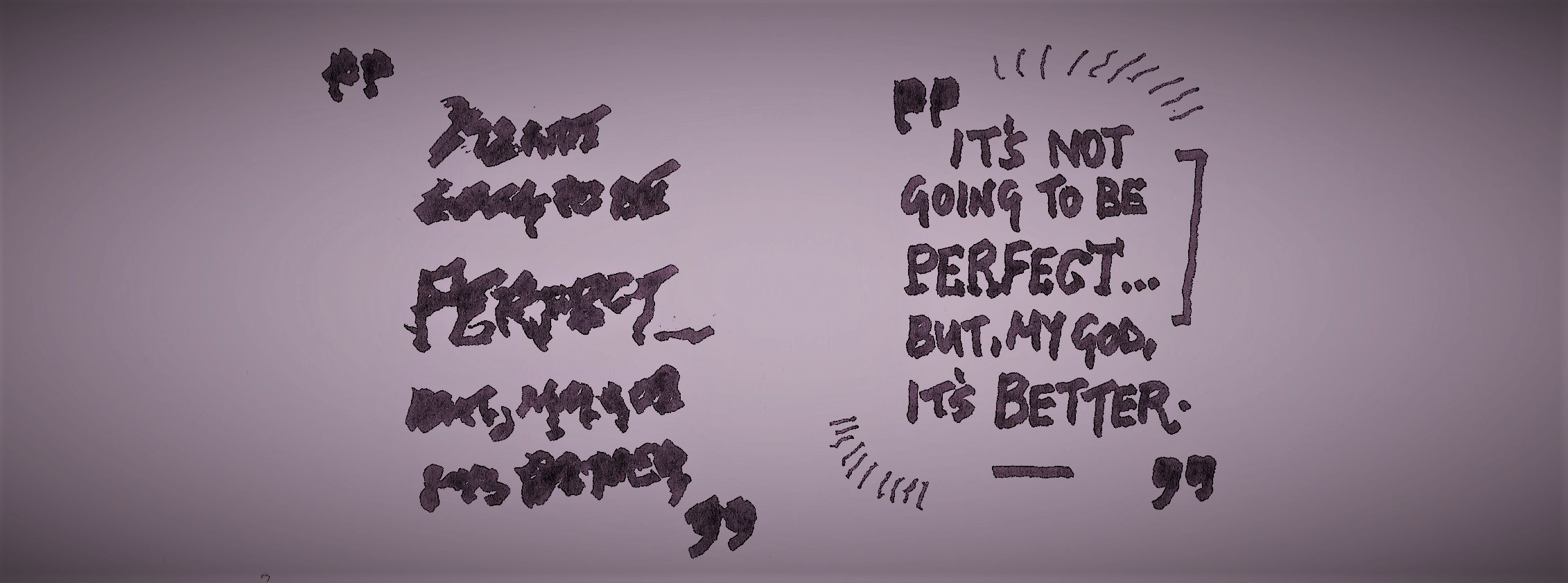
As part of her work, Zhang researched the root cause of tremors. She spent six months, off and on, building prototypes. She sometimes worked in her London home, soldering wires to PC boards and tinkering with coin cell motors to create vibrations. She tested early versions with four other people with Parkinson’s, producing promising results for three, spurring the idea forward, she says.
Zhang also collaborated with Nicolas Villar, a senior researcher in the Microsoft Cambridge Lab. They tested the idea of generating vibrations on the wrist, turning it into a wearable.
“We wanted to make something that we felt Emma would be happy to use and wear – we didn’t want it to look or feel like a medical device,” Villar says. “It also had to work robustly enough that she could rely on using it when she needed to.
“Seeing how happy Emma has been with the watch, and how well it has worked for her, has been extremely satisfying and motivating to further understand how we may be able to develop this idea to help others,” Villar says.
Next, to streamline and optimize the Emma Watch – and scale the technology – Zhang is working with a neuroscience team in London. They’re setting up initial trials for the device. Lawton remains a key part of that study, working as a consultant.
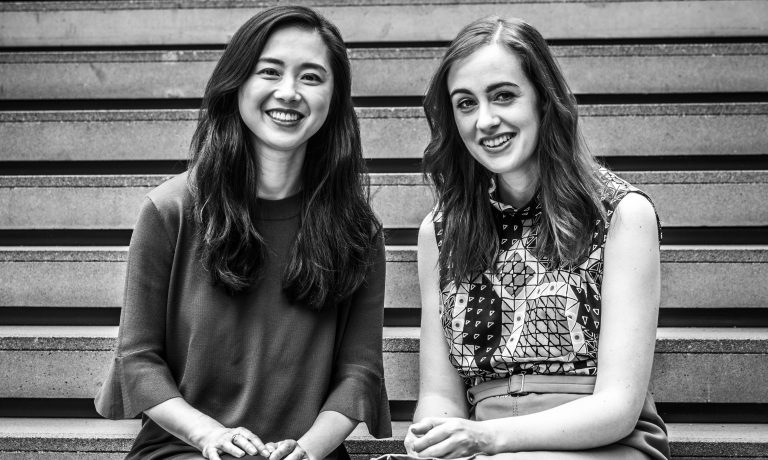
“I’ve been chatting with Emma, Parkinson’s researchers and experts to put together a deeper piece of research on how AI and wearables can better support people with Parkinson’s to manage their symptoms and medication intake,” Zhang says. “This would be an extension of the original Emma Watch project but could be quite an impactful piece of work. At the moment, it’s still only in the proposal stage.
“Emma’s helping us initially with our neuroscience study, consulting on her experiences with the device. She’s really our first subject,” Zhang says. “Beyond that, we’re chatting about how technology can help in managing Parkinson’s day to day.”
That research – coupled with Zhang’s long-standing interest to see technology improve health globally – dovetails with Microsoft’s accessibility mission, says Jenny Lay-Flurrie, Microsoft’s chief accessibility officer.
“Disability doesn’t discriminate and can impact any of us at any time,” Lay-Flurrie says. “Innovations like Project Emma clearly embody that mission. It’s so inspiring to see how technology can break down barriers and help people achieve the things they care about. Emma’s face really says it all. Seeing that expression of joy, emotion and empowerment. That’s why we come to work every day.”
The hope fueled by the Emma Watch, Lawton says, is equally “amazing and overwhelming.”
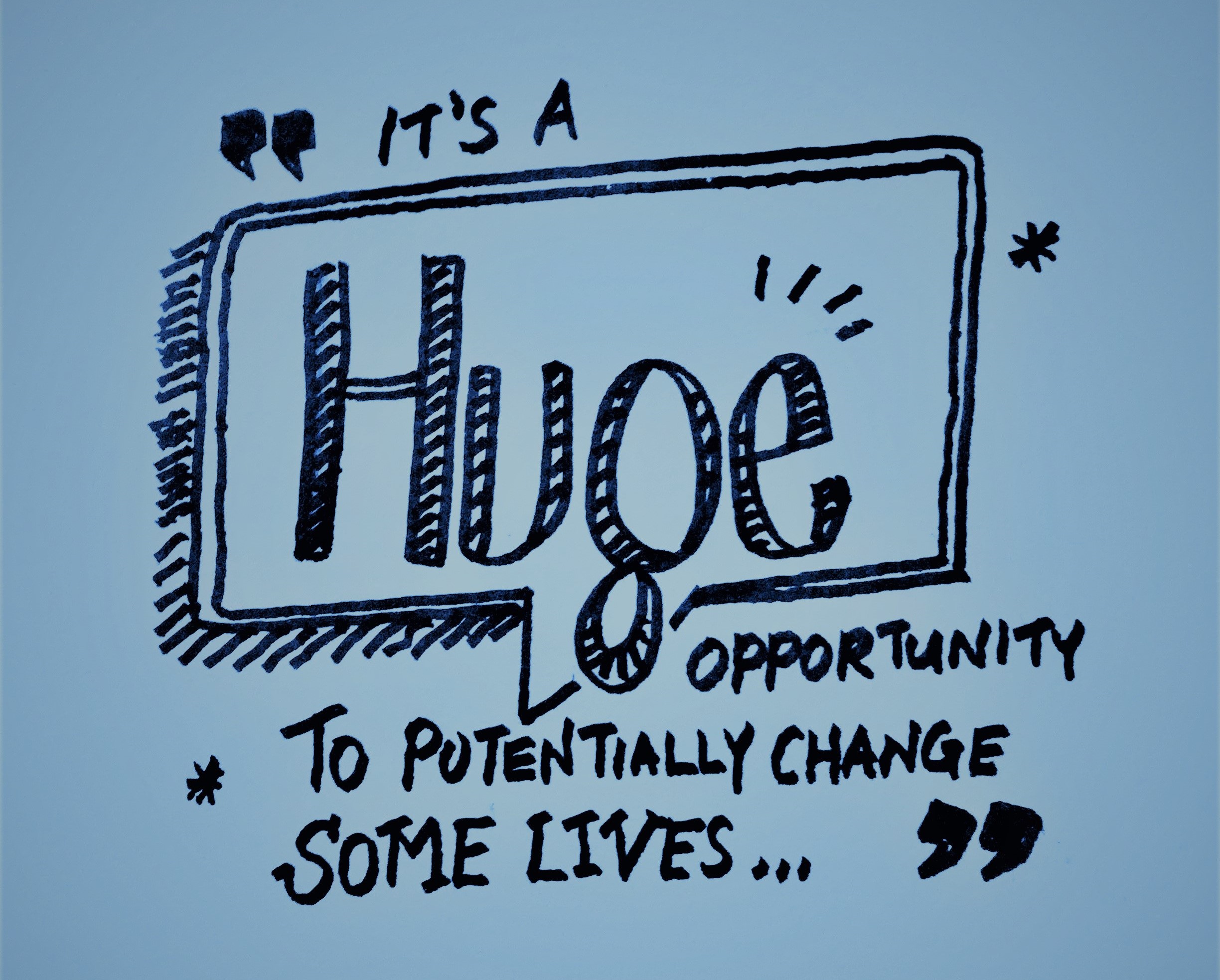
She’s willing to continue testing her body for the technology, including perhaps undergoing a brain scan while writing with the watch, Lawton says. That could help pinpoint where it’s working in her brain, reverse engineering those effects from the top down. Meanwhile, she’s found the device doesn’t steady her hand for tasks like typing or applying eyeliner, underscoring the disease’s stubborn mysteries.
This much Lawton knows: She does not like to be without the device bearing her name.
“I’m scared to take it off, scared of breaking it,” Lawton says. “Because there is only one.”
Top photo: Emma Lawton, wearing the Emma Watch, writes as Haiyan Zhang checks out the results. All photos by Brian Smale.








